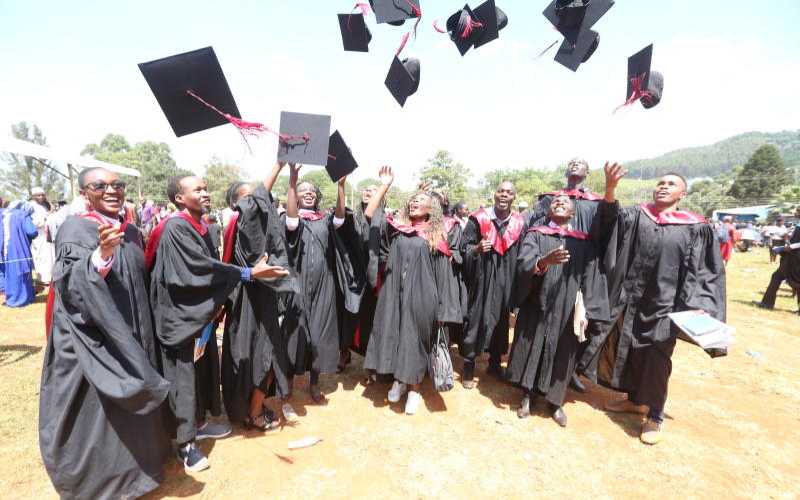×
The Standard e-Paper
Home To Bold Columnists

Universities are headed for a fresh round of reforms as the new education system rolls on.
It is now clear that learners leaving senior secondary school, having pursued various pathways, will be enrolled in specialised fields at university level, which calls for improved infrastructure, staffing and revised courses.